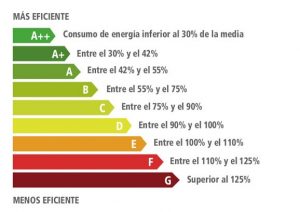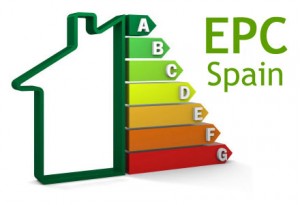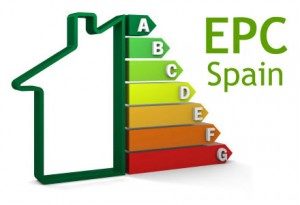The energy certificate of a home is an official and mandatory document that includes the energy rating of a home or building. This energy rating is calculated based on the degree of energy efficiency of the property after an evaluation of the annual energy consumption necessary to meet the energy demand of the building or house under normal conditions of occupation and operation. In this post, we detail everything you need to know about the certificate
It is an initiative of the European UnionOpens in a new window that is part of the effort to improve energy efficiency in all EU member countries. The energy certification provides two key pieces of information:
- The energy efficiency of a property
- The environmental impact of housing
Who issues it?
The Energy Efficiency Certificate is issued by a technician in possession of the academic and professional qualification (architect, technical architect, engineer, technical engineer) to carry out building projects or their thermal installations as required by current regulations.
It will be valid for 10 years and the owner will be responsible for the renovation or update according to what is established by the competent body of the autonomous community.
Grades come on an A-G scale, with A being the best score. This means that owners and occupants can compare the energy efficiency of different properties in a similar way of comparing the energy efficiency of refrigerators or washing machines.
The energy certification also includes a report with recommendations that lists the potential for improvements that can be made in the property to be able to:
- Reduce energy bills
- Improve energy efficiency
- Help reduce carbon emissions
The energy certificate is divided into the following four sections:
- The performance and environmental protection of the property
- Estimated use of energy based on standard occupancy assumptions
- Summary of energy efficiency functionalities
- Recommendations to improve energy efficiency

Exclusions from the obligation to have an energy efficiency certificate
- Buildings that, due to their characteristics, must remain open
- Buildings and monuments officially protected by being part of a declared environment or because of their particular architectural or historical value when the fulfilment of such requirements could unacceptably alter their character or aspect
- Buildings used as places of worship and for religious activities
- Provisional constructions with an expected term of use equal to or less than 2 years
- Industrial and agricultural buildings, in the part for workshops, industrial and non-residential agricultural processes
- Isolated buildings with a total useful area of less than 50 m2
- Buildings of technical simplicity and of little construction entity that do not have a residential or public character, whether temporary or permanent, are developed on one floor and do not affect the safety of people.
- Buildings purchased for demolition
- Residential buildings that are subject to a lease for less than four months per year
When is a home energy certificate necessary?
The energy certificate is mandatory in Spain from June 1, 2013, to rent or sell a property or premises. The obligation to show the energy certificate is regulated in Spain by Royal Decree 235/2013. The energy certification regulations come from a European Directive that all member states have already complied with. The responsibility of obtaining this energy certificate is from the homeowner, who must hire the service of a certifying technician to obtain his energy certificate.
Push on picture below to ask for an energy certificate.
Source: Spainhouses.net


